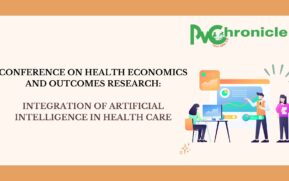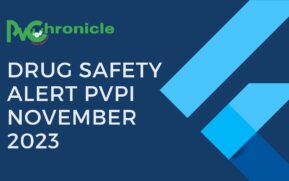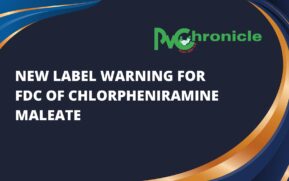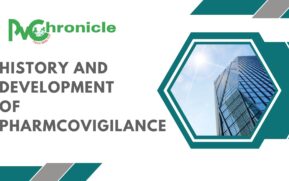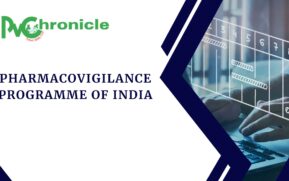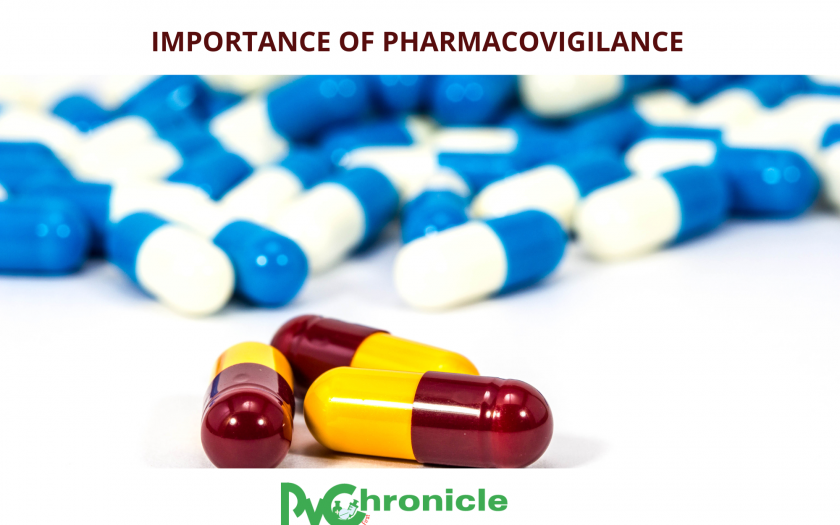
IMPORTANCE OF PHARMACOVIGILANCE :
Each and every medication interface various clinical trials from pre-marketing to post-marketing. A medication without involving trials it’s not prescribed to patients. Nowadays, there are a lot of ADRs, which are defined by WHO as “any noxious and unintended response to a medicine which might occur at doses utilized for prophylaxis, diagnosis or treatment Pharmacovigilance has grown significantly in recent years, and its importance in the healthcare system has been recognized worldwide. However, there are considerable issues that need to be addressed to ensure the safety of medicines.
INTRODUCTION:
Medication errors happen at the human medication interfaces outside the body.
Basically, each and every medication has adverse effects on their long-term usage, to monitor those Adverse effects there is a need for Pharmacovigilance.
According to the World Health Organization (WHO), pharmacovigilance also known as “drug safety” is the science and activity relating to the detection, assessment, understanding, and prevention of adverse effects, pharmacovigilance is broad and includes multiple components such as medication errors, counterfeit and unauthorized medicines, drug interactions, and rational usage of medicines.
Pharmacovigilance is an important and integral part of clinical research.
The importance of pharmacovigilance is more focused on by regulatory agencies and media; consumers have become the unintended and undesired effect of a drug, which occurs at a dose used in humans for reporting adverse drug reactions and adverse events is an important tool for gathering safety information for early detection. In recent years many Indian companies are increasing their investment in research and development and are enhancing their capacity to develop and market new drugs with their own research efforts.
The importance of pharmacovigilance includes: Identifying
- Safety in vulnerable groups is unknown.
- Such as pregnant women& breastfeeding mothers, the elderly, and neonates.
- Significant harm to a few patients, rumours & myths
Can destroy the credibility, adherence to, and success of treatment.
- It provides evidence; of medicine-related problems: Treatment, failure, counterfeit, poor quality medicines, drug interactions, and incorrect use.
- Generate evidence that will inspire public confidence and trust.
- Pharmacovigilance system is strongly recommended that pharmacovigilance involves continuous monitoring of the safety of drugs.
- Complete safety data: especially for unexpected and serious adverse events can only be captured through pharmacovigilance.
Pharmacovigilance also determines the differences among countries in the occurrence of ADR and other drug-related problems
- Differences in diseases
- Prescribing practices
- Genetics
- Drug manufacturing process
- Rational use of medication
- Drug distribution
- It cannot be captured through clinical trials which are conducted in an “Artificial environment”.
MAIN AIMS OF PHARMACOVIGILANCE:
Pharmacovigilance embedded with the early detection of unknown safety problems
- Detection of increases in frequency
- Identification of risk factors
- Preventing patients from being affected unnecessarily
- According to WHO, pharmacovigilance has four principal aims,
- Improve patient care and safety in relation to the use of medicines,
- All medical and paramedical interventions.
- Improve public health and safety in relation to the use of medicines.
- contribute to the assessment of the benefit, harm, effectiveness, and risk of medicines, encouraging their safe, rational, and more effective (including cost-effective) use.
- Identify previously unrecognized adverse effects.
- Assess the risks and benefits of medicines in order to determine the action and also improve their safe use.
- Provide information to healthcare professionals and patients to optimize the safe and effective use of medicines.

NEED OF PHARMACOVIGILANCE:
- Risks and benefits of medicines to improve their safe use.
- Changes in the patterns of adverse events.
- In order to provide assurance for the safety and liability of its products throughout their lifecycle.
- Changing pharmaceutical strategies.
- Changing physician and patient preferences.
Increasing the use of drugs to improve quality of life
There is a need to monitor the effects of drugs during the clinical trials and after their launch in a market therapy or modification of physiological function.” “An adverse drug reaction is any noxious ensures the rigorous testing of clinical drugs to improve patient care and reduce the risk of negative side effects. Present throughout the drug lifecycle, PV certifies whether a drug works and if it is safe to use.
Article Written By : Supriya. N, B. Pharm & Aswitha. G, Saastra College of Pharmaceutical Education and Research, Kakupalli Nellore.
Reviewed and Finalized by Kiran Kumar. CH, Career Growth Coach, Rise Trainings.

